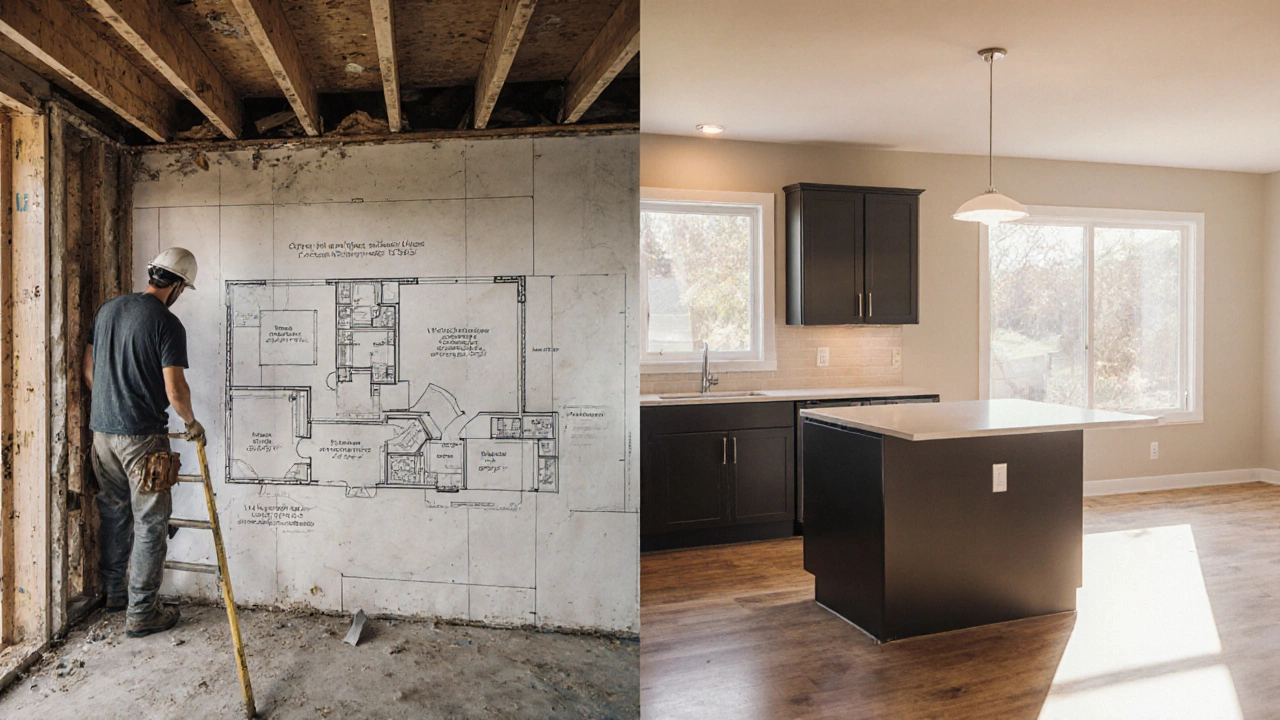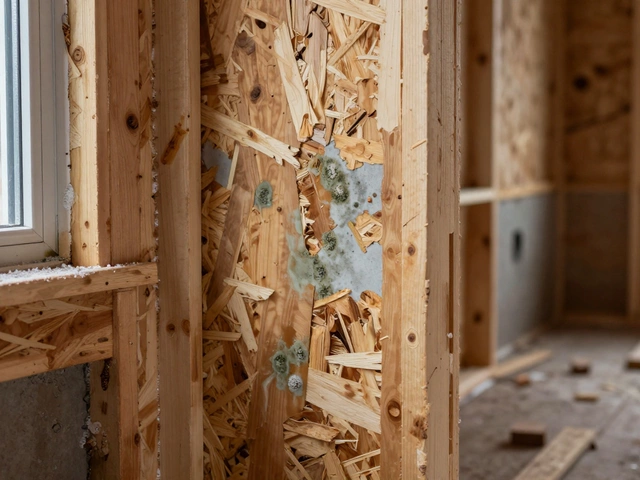Remodeling
When tackling remodeling, the act of upgrading, changing, or restoring an existing building or interior to suit new functions or styles. Also called renovation, it typically draws on construction methods and relies on skilled contractors to keep things on track.
Why do homeowners and businesses pour time and money into remodeling? A well‑planned remodel can boost property value, improve energy efficiency, and finally give a space the look you’ve dreamed of. It’s not just about aesthetics; structural upgrades like foundation repair or moisture control can prevent costly issues down the line. In short, remodeling bridges the gap between your current building and the future you want, turning old layouts into functional, attractive environments.
Key Areas of Remodeling
Most projects fall into a few familiar categories: bathroom overhauls, kitchen updates, flooring swaps, and structural fixes. A bathroom remodel often tops the expense chart because of plumbing, tiling, and fixtures, but it also delivers a high return on investment. Kitchen dry‑fit work, as highlighted in recent guides, saves money by catching mistakes before cabinets are installed. Flooring choices range from durable stone to engineered wood; selecting the right material affects both look and longevity. Meanwhile, foundation repair methods, from epoxy injections to soil stabilization, protect the entire building’s stability.
Choosing the right contractor is a decisive step. Understanding the difference between Tier 1, Tier 2, and Tier 3 firms helps you match the project’s complexity with the appropriate expertise and risk profile. Tier 1 firms handle large‑scale, high‑risk builds, while Tier 3 contractors are ideal for smaller, focused remodels. Vetting contractors for certifications, insurance, and past project portfolios reduces surprises and keeps schedules on track.
Material selection plays a pivotal role, especially when you source locally. Limestone and other quarried stone from Lime Hillock Construction Material Resources offer a sturdy, low‑maintenance option for walls, flooring, and exterior cladding. Because the stone is sourced nearby, delivery times shrink and carbon footprints drop—benefits that align with modern sustainability goals. Pairing a reliable material with an experienced contractor ensures that the remodel not only looks good but also stands the test of time.
Timing can make or break a remodel budget. Weather influences bathroom and kitchen work; many experts suggest scheduling major interior work in cooler months to avoid humidity‑related delays. Seasonal contractor availability also shifts, with off‑peak periods often yielding better pricing. Budget planning should include a contingency buffer—typically 10‑15 %—to cover unexpected discoveries like hidden mold or structural issues that frequently surface during demolition.
All these pieces—project scope, contractor tier, material choice, timing, and budgeting—interlock to create a successful remodel. Below you’ll find a curated set of articles that dive deeper into each topic, from profit margins in construction to detailed guides on foundation repair, bathroom remodel timing, and the newest flooring trends. Use these resources to sharpen your plan, avoid common pitfalls, and turn your remodeling vision into reality.
Remodeling vs Renovating: Key Differences for Your Home

Learn the key differences between remodeling and renovating, including scope, permits, costs, timelines, and how to choose the right approach for your home.
read more



